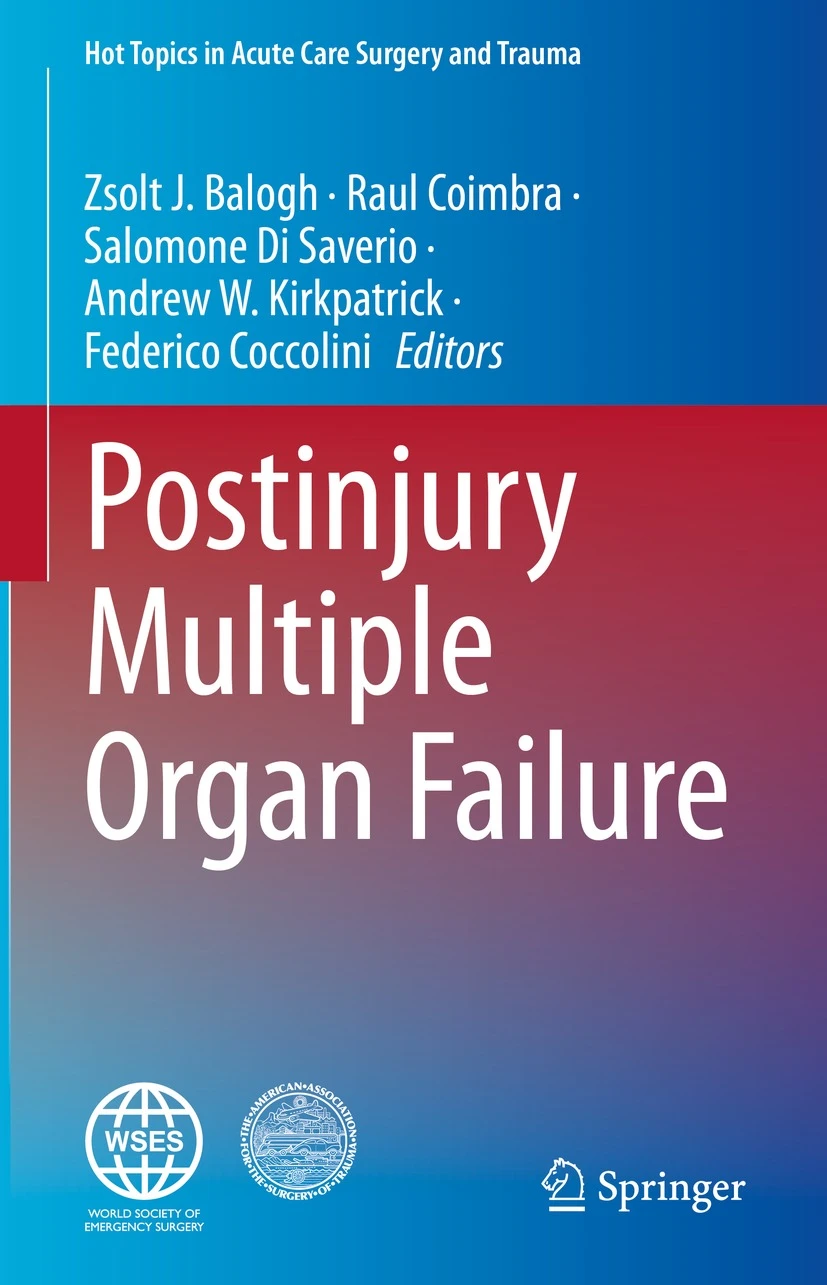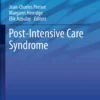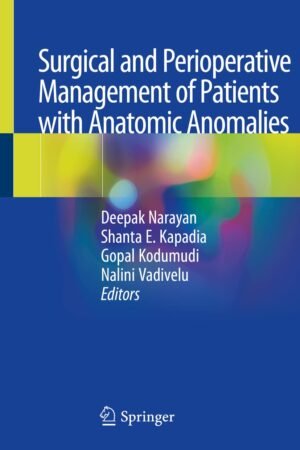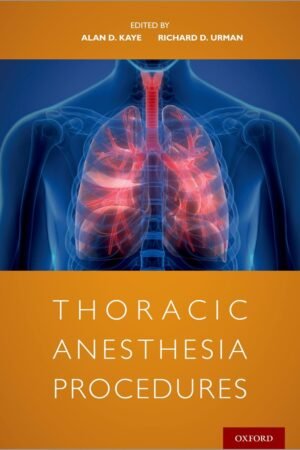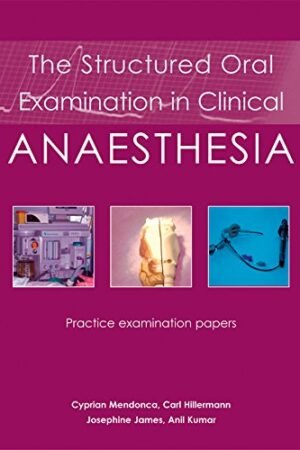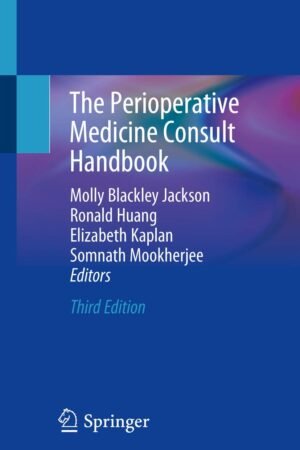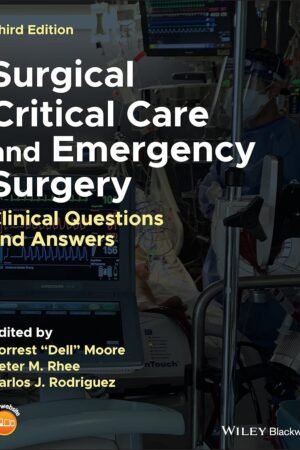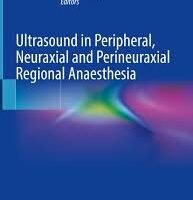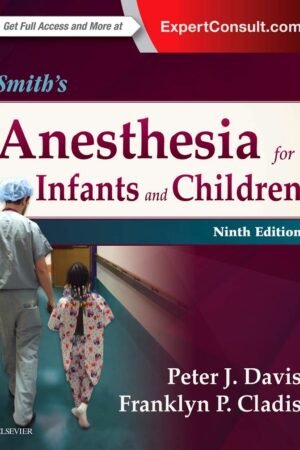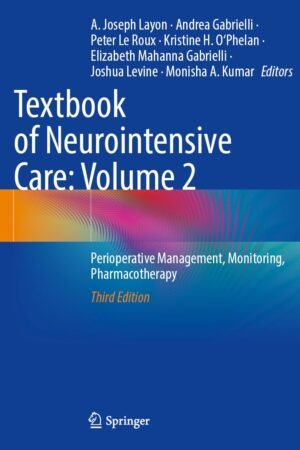Postinjury Multiple Organ Failure PDF
FREE
📘 Postinjury Multiple Organ Failure PDF
Postinjury Multiple Organ Failure PDF is a definitive resource for clinicians managing critically ill trauma patients. This book provides evidence-based strategies for understanding, preventing, and treating multiple organ failure (MOF) following severe injury. It is an essential guide for trauma surgeons, intensivists, anesthesiologists, and critical care teams.
Understanding Multiple Organ Failure
The text begins by reviewing the pathophysiology of MOF after trauma, including systemic inflammatory response, immune dysregulation, and cellular dysfunction. It explains how hypoperfusion, infection, and ischemia-reperfusion injury contribute to progressive organ dysfunction, providing clinicians with a clear understanding of disease mechanisms.
Risk Assessment and Early Recognition
Postinjury Multiple Organ Failure PDF emphasizes the importance of early detection. It details scoring systems, laboratory markers, hemodynamic monitoring, and imaging studies to identify patients at high risk. Early recognition allows timely interventions that may prevent progression to full-blown organ failure.
Management Strategies
The book provides comprehensive guidance on supportive and therapeutic interventions. Topics include fluid resuscitation, vasopressor support, ventilatory strategies, renal replacement therapy, and nutritional optimization. It also reviews emerging therapies, immunomodulation, and sepsis management to improve outcomes in high-risk patients.
Multidisciplinary Critical Care
Effective management of postinjury MOF requires coordinated teamwork. The text highlights collaboration among surgeons, intensivists, nurses, and allied health professionals. Case examples demonstrate how multidisciplinary care, continuous monitoring, and evidence-based interventions reduce mortality and enhance recovery.
Why This Book Matters
Multiple organ failure remains a leading cause of death in trauma patients. Postinjury Multiple Organ Failure PDF equips clinicians with practical, evidence-based tools to understand complex pathophysiology, implement early interventions, and improve patient survival. Its integration of theory, case studies, and clinical guidance makes it an essential resource in trauma and critical care.
For further information, readers can consult the Society of Critical Care Medicine, the American Trauma Society, and the World Health Organization Guidelines on Trauma Care. These references complement the guidance provided in the book.
🔗 Download available at: Freemedbooks.com

